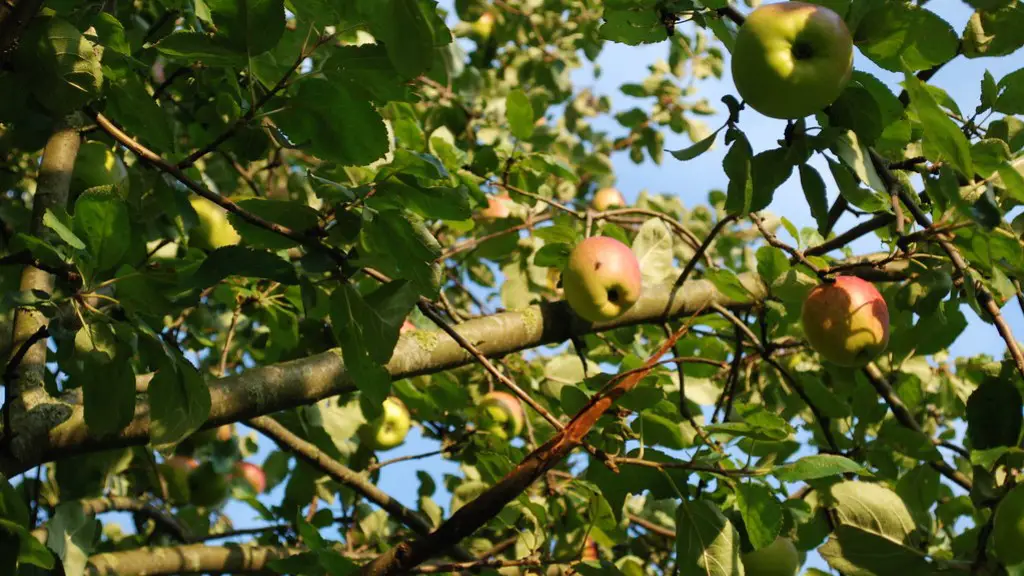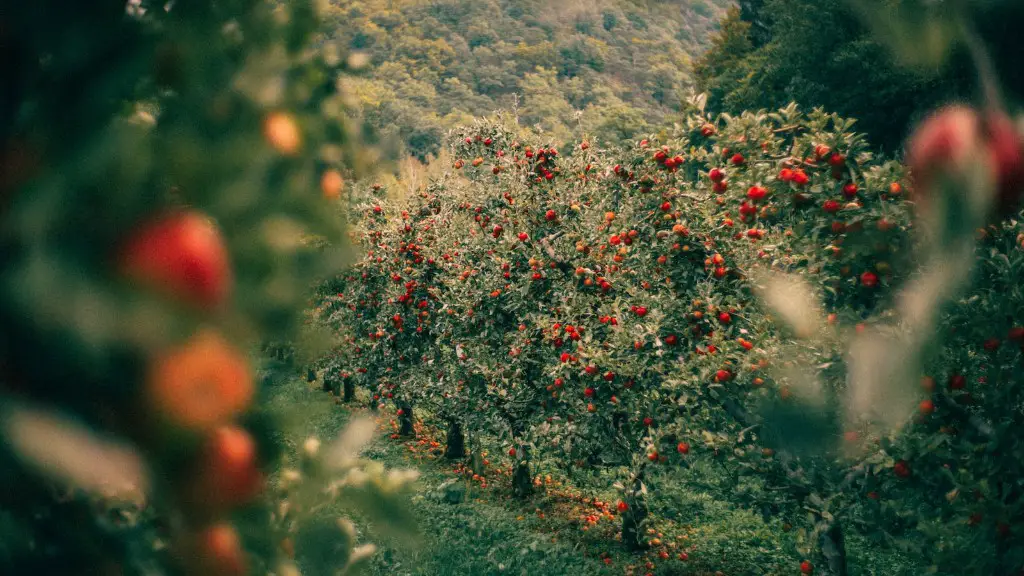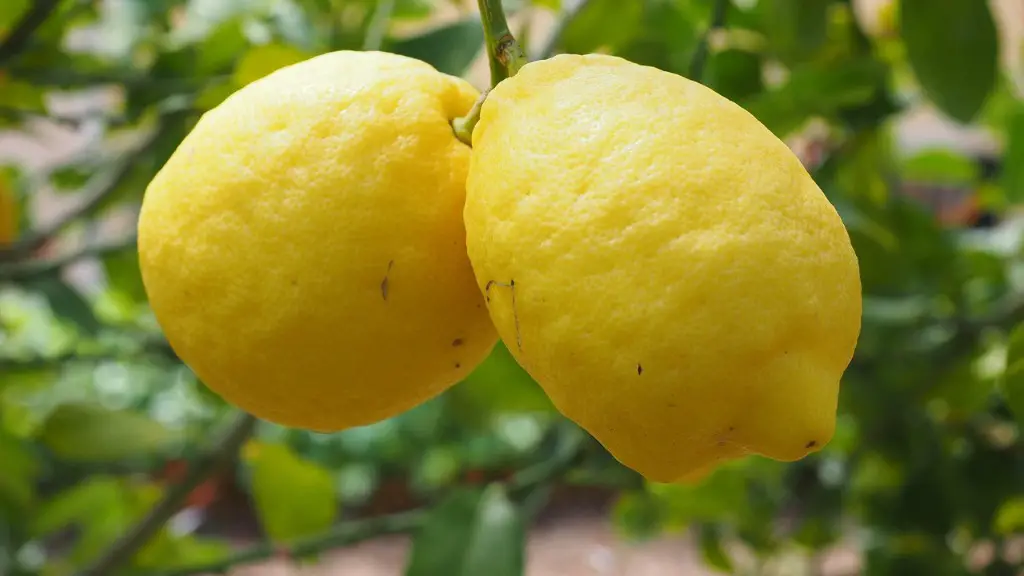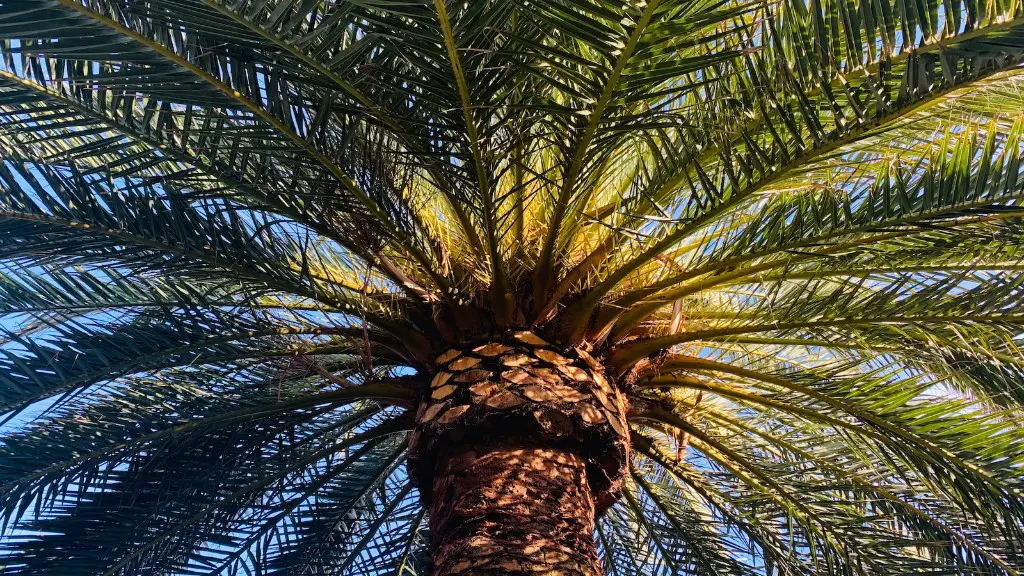Trimming a crab apple tree is an important part of its maintenance. If done correctly, it can help to improve the health and beauty of the tree, while preventing future damage. Knowing when to trim a crab apple tree is key to achieving the desired results. It is important to remember that trimming should be done at the right time, in the right way and with the right tools.
When to trim a crab apple tree depends on a few factors, such as the variety of the tree and its growth habits. Generally, it is best to trim a crab apple tree in late winter or early spring, when the tree is still in its dormant period. This is the time when there is minimal damage to the tree, and the pruning cuts are less likely to attract diseases and pests. Pruning the tree during this time also helps to promote strong, healthy growth in the coming season.
Before trimming, it is important to assess the tree and decide which branches to keep and which need to be removed. Removing diseased, broken, dead and crossing branches can help to improve overall tree health. It is also important to look for any pests or diseases that may be present and to address these before trimming the tree.
The correct tools and techniques should be used when trimming a crab apple tree. Pruning shears, hedge trimmers and hedge shears are some of the most common tools used in pruning. The pruning cuts should be made at an angle and always away from the branch collar. It is also important to leave some of the buds on the tree to help promote healthy new growth.
Finally, it is important to clean up properly after trimming a crab apple tree. All the pruning clippings should be removed and disposed of properly, as they can harbor pests and diseases. A light application of a balanced tree fertilizer can help to promote strong new growth and ensure a healthy tree.
Pruning forms and techniques
Pruning a crab apple tree can take on various forms, depending on the desired results. Thinning is the most common technique used when trimming a crab apple tree. This involves removing branches to increase light and air circulation, reduce density and the amount of weight the tree has to support. Greaseproofing is another form of pruning, which involves cutting back the lower branches to allow better access to the top of the tree.
Crown lifting is a technique often used to improve the overall appearance of the tree, and involves removing the lower branches to create a clear trunk. Restoration pruning is used for neglected trees that have not been pruned for several years. This involves removing all the overgrown, damaged and dead branches to restore the tree to its original form.
Espalier is a technique used to create an ornamental pattern on the wall of a building. This involves pruning the branches of the crab apple tree into a specific pattern and fixing them against the wall. It is an aesthetically pleasing form of pruning, but requires specific tools and techniques.
Pollarding is a form of pruning that involves cutting the branches back to the same height every year or two. This encourages the tree to produce bushy new growth, creating a hedge effect. Pollarding is often used to shape the tree or to restrict its size.
Lastly, coppicing is a form of pruning that involves cutting the branches back to the ground or to a low-level stub. This encourages vigorous new shoots and can be used to maintain a desired height or shape. Coppicing can help to regenerate the tree and reduce its size, and should be done at the right time of the year.
Reasons for pruning
Prune crab apple trees for a few reasons. Firstly, pruning helps to reduce the height and spread of the tree. This is often done to control its size and shape, as well as to provide better access and visibility. Pruning can also help to improve the airflow within the tree, which is important for healthy growth.
Pruning also helps to encourage strong, healthy new growth. Removing dead and dying branches can promote strong, healthy new buds and branches. This gives the tree a better shape and improves its overall appearance. Pruning helps to maintain the structural integrity of the tree, as well as reduce the risk of damage caused by strong winds and other extreme weather conditions.
Pruning also helps to address any insect or disease problems within the tree. Removing diseased branches can help to prevent the spread of the disease and reduce overall tree health. It is important to take action quickly to prevent any damage from spreading, and trimming can help to do this.
Finally, pruning is important to create a free-flowing crown. This is essential to ensure that the tree is getting enough sunlight and air circulation. By removing crossing, dense and weak branches, the tree can grow stronger and healthier.
Tools and safety precautions
It is important to use the right tools when trimming a crab apple tree. Pruning shears, hedge trimmers and hedge shears are some of the most common tools used in pruning. It is also important to use a combination of hand tools, long-reach pole pruners and chainsaws for larger branches. For safety, it is best to use a ladder or secure the tree with a rope if it is too tall to reach with a ladder.
When using power tools, it is crucial to wear protective clothing, a hard hat and ear protection. It is also important to read and understand the manufacturer’s instructions before using any power tools. It is better to err on the side of caution, and it is important not to attempt more than is comfortable.
When trimming a crab apple tree, it is best to work with a partner. This can help to provide an extra set of eyes, as well as support during the pruning process. It is also important to maintain three-point contact while on a ladder, and to use a safety harness if working at a height.
Finally, it is essential to clean up all the pruning clippings and dispose of them properly. This will help to reduce the spread of diseases and pests, as well as improve overall tree health. It is also important to apply a balanced tree fertilizer when trimming a crab apple tree to promote healthy new growth.
Benefits of pruning
Trimming a crab apple tree can bring many benefits. Pruning helps to maintain the health and appearance of the tree. It also helps to promote strong, healthy new growth and can help to prevent the spread of disease and pests.
It can also help to reduce the size and spread of the tree, making it easier to access the top of the tree, as well as reduce the risk of damage caused by storms and other extreme weather conditions. Pruning can also help to create a pleasing aesthetic closer to the ground, which can improve the overall appearance of the garden.
Finally, pruning crab apple trees can help to improve fruit production. Removing diseased and damaged branches can help to promote healthy flowers and fruit, as well as increase the overall yield of the tree.
Conclusion
Knowing when to trim a crab apple tree can help to improve its health and beauty. The best time for trimming is usually in late winter or early spring, when the tree is still in its dormant period. It is important to assess the tree beforehand and decide which branches to keep and which ones to remove. The correct tools and techniques should be used when trimming the tree, and all pruning clippings should be disposed of properly.




